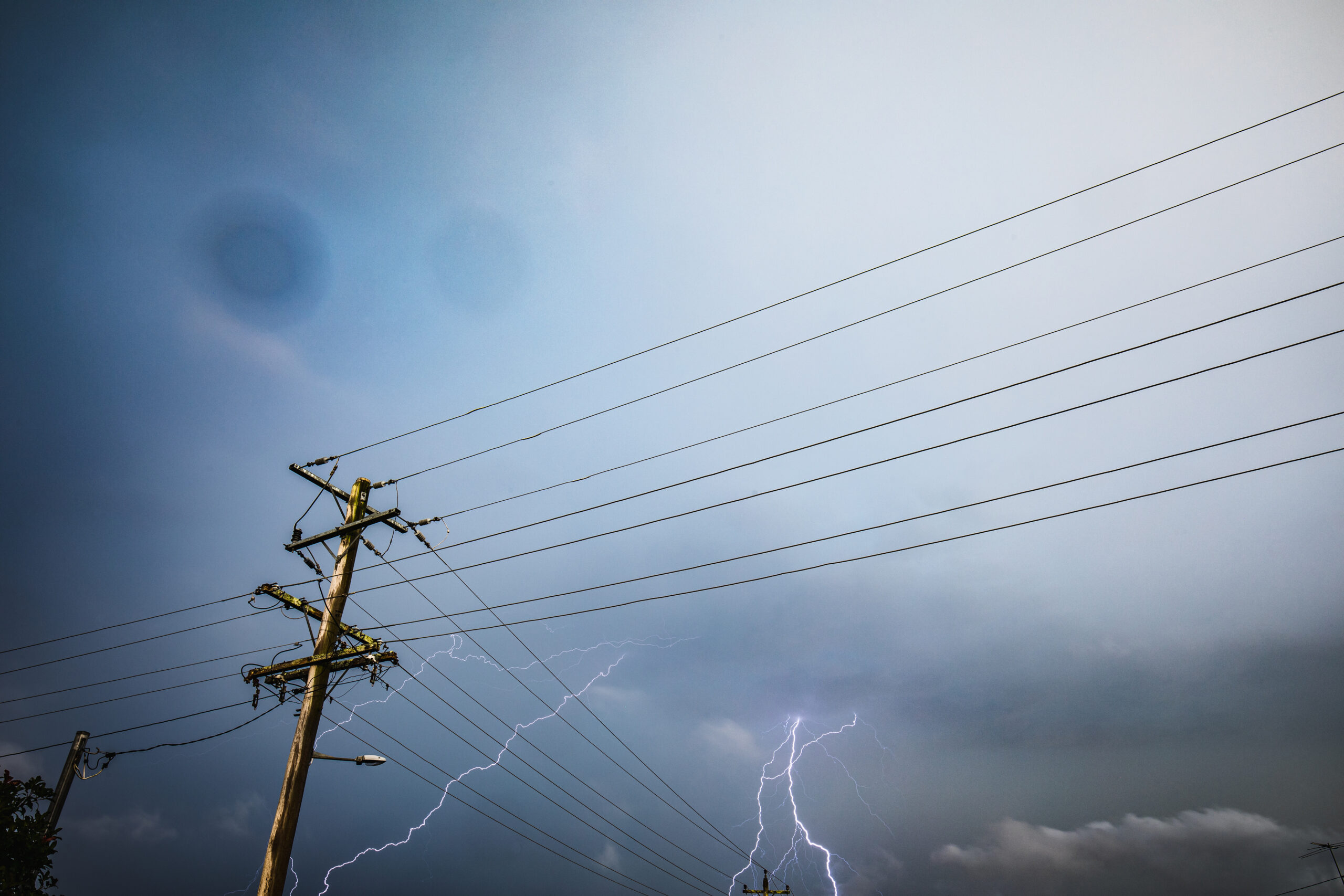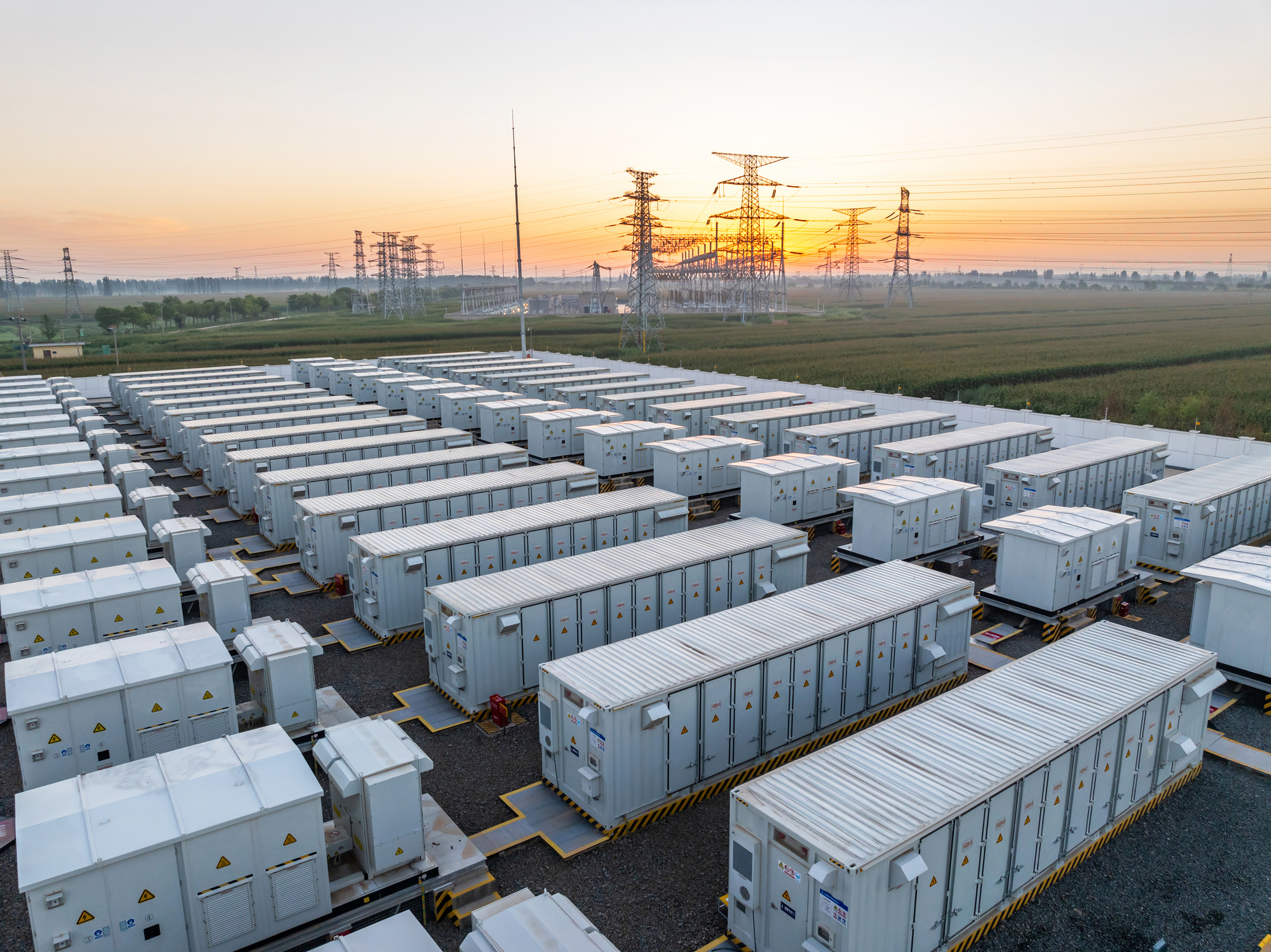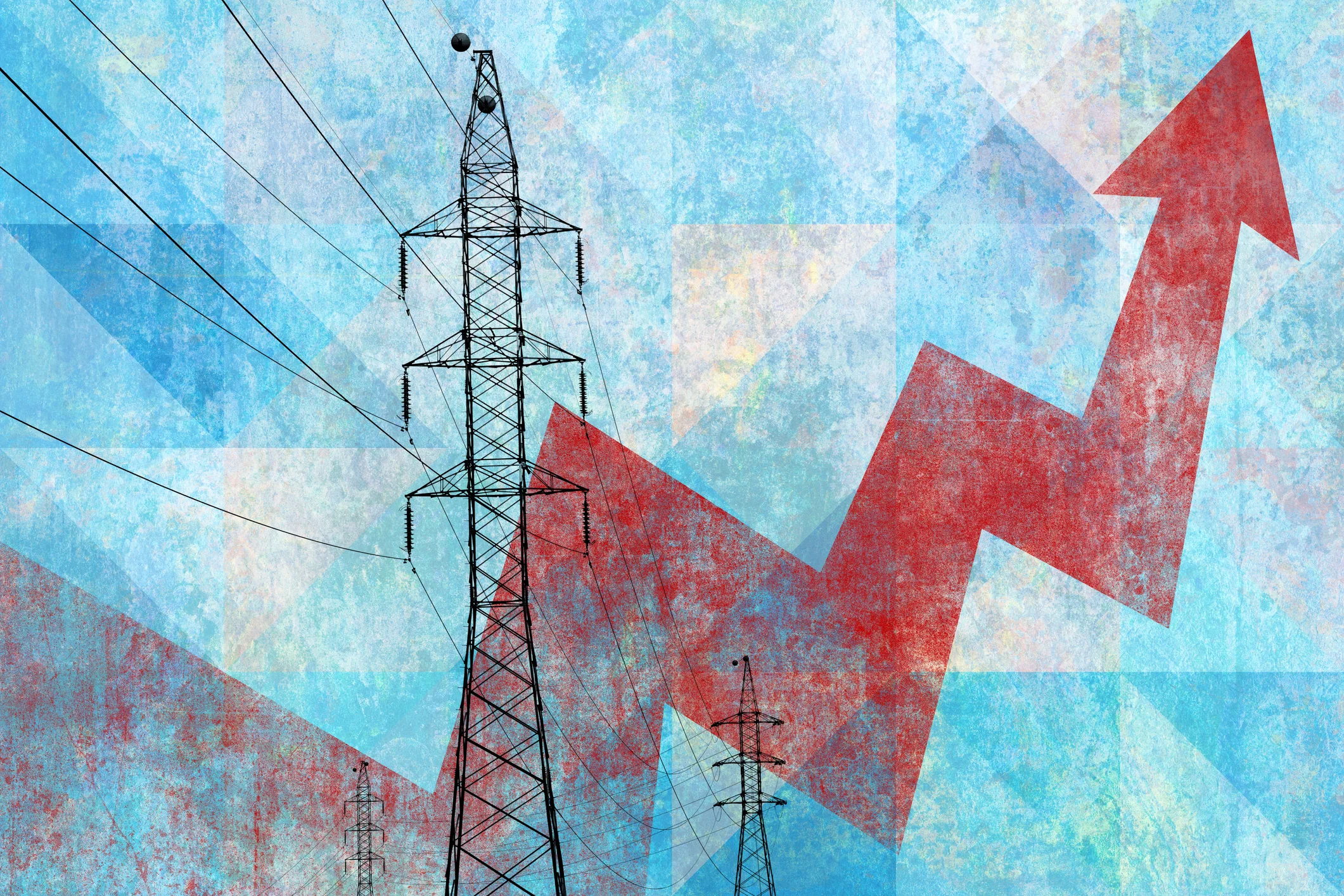Last weekend, Hurricane Helene left a path of destruction from Florida up the east coast, leaving cities in Georgia and the Carolinas underwater. Nearly a week later, and still around 1M customers are still without power, with power lines down, poles destroyed, and substations literally submerged. Climate change has driven this volatility in extreme weather events, costing an extraordinary $16M per hour globally while increasing customer bills, and impacting more Americans than ever. With so much infrastructure largely destroyed, non-wires alternatives like demand flexibility initiatives including virtual power plants are limited in their capacity to restore or manage existing power but provide a path forward for a more climate-resilient grid of the future.
Power Restoration Efforts
Repair efforts have proven complicated, as Helene not only severely damaged physical infrastructure but sank critical components of the distribution system underwater in many cases. These repairs are further compounded by the current global shortage of transformers, many of which are used for renewable energy technologies. While utilities can sometimes reroute power or establish temporary substations, that solution isn’t always sufficient to meet needs, especially when so much of the infrastructure is damaged that workaround options become severely limited. As such, the challenges facing workers are extraordinary and quickly becoming commonplace to parallel the uptick in extreme weather events caused by climate change.
The Costs of Rebuilding
While estimates vary, upgrading the grid will prove incredibly expensive. Still, research indicates that investing in renewable energy upgrades can yield $85b in system costs by 2035 while reducing wholesale electricity costs. A recent Smart Electric Power Alliance (SEPA) found that as of 2023 around 70% of electric lines and transformers are 25 years old or older, many of which are in need of repair or replacement. Costs to replace power lines vary depending on location, although replacing power lines runs millions of dollars per mile. One solution to weather-related damage is to bury power lines, which are both untenable depending on where the location and incredibly expensive.
– Syd Bishop, Sr. Content Specialist, Virtual Peaker
While demand flexibility initiatives like demand response, EV charging, and BYOD programs are useful in mitigating high peak energy costs while enhancing grid resiliency, they are only as effective as the infrastructure that supports them. Put another way, if there aren’t enough lines, transformers, and substations, load management cannot turn the power back on. It can, however, help grid operators to better meet what demand they can, and, perhaps more importantly, provide a better, more durable solution to future challenges. Furthermore, increases in battery storage capacity can help provide an emergency supply of stored energy, which demand flexibility solutions can help effectively distribute.
Build Back Better With Demand Flexibility
According to the Department of Energy (DOE), the U.S. needs to increase virtual power plant capacity to between 80-160 GW by 2030 to continue to meet rising demand. Currently, the DOE identifies that U.S. electric utilities generate around 30-60 GW of aggregate virtual power plant, primarily through the use of demand response programs.
As such, virtual power plants as a term have been reframed as any aggregation of available distributed energy resources (DERs) including solar, battery energy storage systems, electric vehicles and EVSE chargers, and smart home devices like thermostats or water heaters. Currently, the DER market is expected to more than double by 2027, creating an opportunity for grid operators to tap into the burgeoning number of behind-the-meter DER assets found at the edge of the grid: in consumer properties.
These DER assets are managed through the use of a distributed energy resource management system (DERMS). There are two types of DERMS:
- Grid DERMS – This type of DERMS manages utility-owned assets like solar or battery installations.
- Grid-Edge DERMS – Grid-Edge DERMS platforms complement Grid DERMS by aggregating and managing behind-the-meter DER assets.
Altogether, these tools provide a non-wires alternative to costly grid upgrades and storm outages. Fortunately, while the decarbonization and electrification efforts necessary for the energy transition present challenges to grid operators, demand flexibility is crucial for a resilient grid.
Virtual Power Plants & Microgrids
A virtual power plant represents an alternative to peaker plants, which are both dirty and inefficient. More importantly, peaker plants are just as ineffective without the supporting infrastructure as any other solution, albeit far more expensive to maintain. Because virtual power plants and microgrids are decentralized, they are often less susceptible to extreme weather damage, if at least in areas less affected by damage. For example, Texans utilized microgrids to weather Hurricane Beryl earlier this year.
– Syd Bishop, Sr. Content Specialist, Virtual Peaker
Beyond that, through the use of Topline Demand Control, which combines Grid-Edge DERMS platforms with AI, model predictive control, and forecasting software to optimize DER assets at the device level, grid operators can yield a reliable output during grid events. Ultimately, virtual power plants are a net positive to communities by providing an increase to load flexibility, serving low-to-moderate income households, bolstering grid resilience, and increasing revenue potential through aggregate load control.
Conservation Efforts
During extreme grid events, conservation efforts will likely become an existential necessity, which is certainly the case in areas affected by Hurricane Helene. As such, programs like demand response and EV charging provide opportunities for grid operators to mitigate usage during events, while also preparing for upcoming events. Through forecasting software, utilities can help determine potential needs, running demand flexibility initiatives aimed at conservation in advance to, hopefully, save energy for when and where it might be needed next.
Battery Storage
Battery energy storage units complement the aforementioned conservation efforts by providing reliable energy storage. This energy may become a necessity during grid events, especially as infrastructure is damaged. Additionally, battery storage demand flexibility initiatives are useful in defraying high peak energy costs, energy arbitrage, and enhancing overall grid stability.
How Demand Flexibility Initiatives Help During Extreme Weather Events Conclusion
While demand flexibility has a limited use case for the extreme infrastructure damage found in Georgia or the Carolinas, it does provide alternatives that strengthen grid resiliency, while lowering customer costs. Building a more resilient grid is imperative both to meet needs during the energy transition and as a tool to manage available resources during an emergency. For anyone struggling during Hurricane Helene or future storms to come, please know that you aren’t alone.




